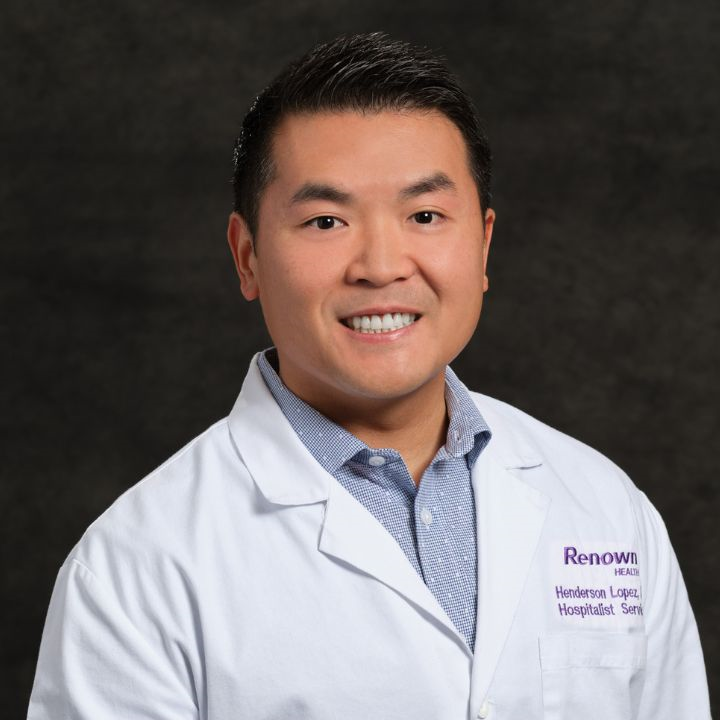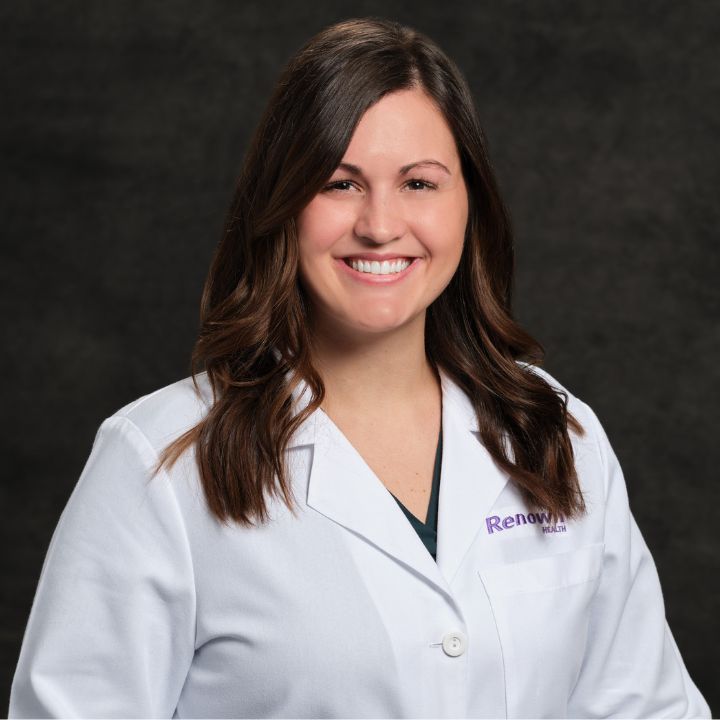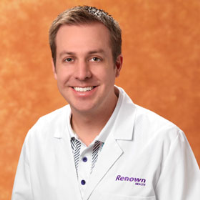Search
Results for 'doctor'
Clear-
-
6May
Fechas de clases-6, 8, 13 y 15 de mayo, de 6-8 p.m. Room 105 Esta serie de preparación para el parto se lleva a cabo durante 2 semanas consecutivas 2 dias a la semana. Está diseñada para ayudar a las futuras mamás y sus acompañantes a prepararse para el nacimiento y todo lo que viene después. Además, brinda un espacio seguro para hacer preguntas y tomar decisiones informadas sobre aspectos clave del parto. Durante estas clases, exploraremos temas como: • Cambios saludables en tu embarazo • Etapas del trabajo de parto • Signos de advertencia • Técnicas de respiración y relajación • Medidas de confort • El papel de la persona de apoyo y el apoyo durante el parto • Plan de parto • Cómo reconocer cuándo estás en trabajo de parto • Opciones de alivio del dolor y procedimientos médicos • Cómo puede ayudarte una Doula de parto • Parto por cesárea • Recorrido por la sala de parto y alumbramiento Nuestros instructores certificados están aquí para ofrecerte apoyo y orientación a través de una educación adaptada a tus necesidades individuales. Creemos que el parto es un proceso, no un método, y entendemos que no hay una única manera correcta de dar a luz. Registro: Por favor, inscríbete con el nombre y la información de la futura mamá. Importante: Debido a la alta demanda, esta clase tiene una lista de espera. Si no puedes asistir, avísanos con anticipación para que otra persona pueda tomar tu lugar. Si la clase está llena y deseas estar en la lista de espera, contáctanos. Teléfono: 775-982-4352 Correo electrónico: Chris.Marlo@Renown.org Directions to the classrooms Instrucciones desde el estacionamiento de Mill St.: Aula 101 y Auditorio Mack Usa la entrada de Mill St. Al entrar en el primer piso, camina más allá del escritorio de información. Gira a la derecha en el segundo pasillo, cerca de la parte superior de la escalera. El Auditorio Mack estará a la derecha. El Aula 101 estará a la izquierda. Aulas 102 y 103 Sigue las instrucciones anteriores hasta el Aula 101 y el Auditorio Mack. Pasa el Aula 101 y gira a la izquierda en el primer pasillo. Justo después de Recursos Humanos, gira a la izquierda en el siguiente pasillo (si llegas al Sierra Café, te has pasado). El Aula 102 está a la izquierda y el Aula 103 está a la derecha. Aulas 104 y 105 Usa la entrada de Mill St. Al entrar en el primer piso, camina más allá del escritorio de información. Continúa caminando hacia Sierra Tower y mantente a la izquierda (habrá una gran escalera a tu derecha). Gira a la derecha en Sierra Floral/Sierra Gifts, y el Sierra Café estará justo enfrente. Las Aulas 104 y 105 estarán a la derecha al entrar en el Sierra Café.
Read More About Preparing for Birth 2-Week Series 2 days a week / Preparándote para el Parto – Serie de 2 Semanas 2 Dias a la Semana
-





